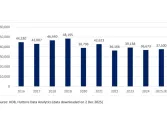
Seoul’s Grade A logistics vacancy rate hits record low of 3.4% in Q1
The Central sub-market’s vacancy rate decreased from 5.0% to 4.6%.
In 1Q21, Seoul Capital Area’s (SCA) Grade A logistics vacancy rate contracted by 42 bps, falling from 3.8% to 3.4% q-o-q, according to JLL. Again, the vacancy rate posted a record-low level, far below the natural vacancy rate.
The South-east and the West sub-market observed the most buoyant leasing activity during the quarter on the back of rising demand from e-commerce and 3PL players. This quarter’s net absorption posted around 109,961 pyung.
Here’s more from JLL:
The Central sub-market’s vacancy rate decreased from 5.0% to 4.6% on a quarterly basis, followed by the arrival of a 3PL company. Gyeongbu and Yeongdong expressways underpin the market, providing great accessibility to Seoul. The proximity to Seoul is one of the key considerations for cold-chain supply to expedite last-mile delivery service. Furthermore, only about two centres are slated for completion in the next three years in the Central submarket. Given the aforementioned market conditions, the sub-market’s vacancy rate is speculated to remain below 5% for a while.
The North sub-market has maintained full occupancy since 2Q20. Similar to the Central submarket, the North only expects one new centre, in Goyang, over the next three years, which implies that its vacancy rate is likely to stay close to zero.
The vacancy rate of the South submarket lifted from 0.0% to 2.5% on a q-o-q basis. Nevertheless, this quarter’s vacancy rate is still far below the natural vacancy rate and expected to be resilient amid solid leasing demand. Going into 2022, the vacancy rate could see a sharp uptick as there will be an injection of new supply throughout Anseong, Hwaseong and Pyeongtaek.
The South-east sub-market’s vacancy rate tumbled the most, falling significantly from 5.1% to 1.7% q-o-q. Notably, 3PL and e-commerce tenants leased new space, thereby completely resolving vacancy in several centres. In the meantime, the sub-market’s vacancy rate may surge temporarily with upcoming new projects in the pipeline.
In the West sub-market, the vacancy rate doubled from 3.4% to 6.8% q-o-q. The vacant space in two new centres completed in 1Q21 lifted the sub-market’s vacancy. The West’s vacancy rate is expected to rise as multiple centres will be joining the precinct. However, the sub-market witnessed the largest upsurge in quarterly net take-up in SCA.
Rents
SCA Grade A net rents posted around KRW 32,100, rising by 0.6% q-o-q. Several landlords in the Southeast sub-market increased rents marginally in response to stabilised occupancy levels.
Within JLL stock, the South-east sub-market accounts for the largest proportion of current Grade A centres in SCA. Therefore, traditional 3PL and e-commerce tenants are familiar with this sub-market as a place with well-established logistics infrastructure. As a result, the submarket’s rents have a further room for growth.
The Central sub-market expects only one new centre each in Dongtan and Osan. On the back of scarcity of stock coupled with its favourable location, the Central is anticipated to demonstrate stable rental performance.
Similarly, only one centre is expected to be completed in the North submarket in the next three years. Thus, the North sub-market is also likely to observe steady rent growth. The South sub-market’s rents are expected to rise aided by robust leasing demand. However, upcoming new centres could hamper the rent growth to some extent.
In the next two years, there will be large-scale new centres coming into the West sub-market, which could act as headwinds on rents. Furthermore, as the West has the highest rents in SCA, annual rent growth may be subdued compared to other sub-markets.

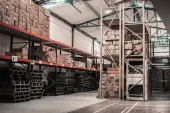
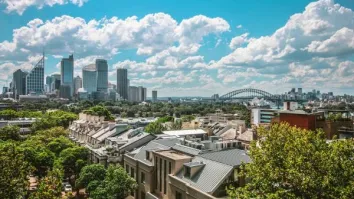

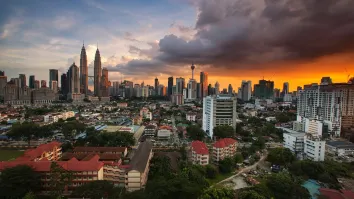
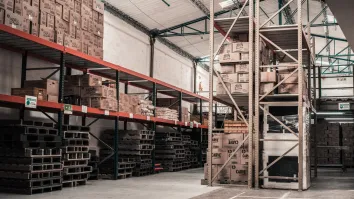

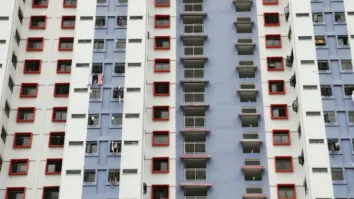

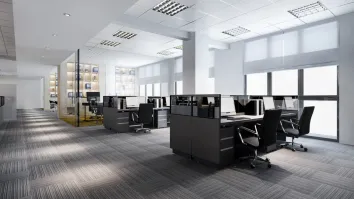



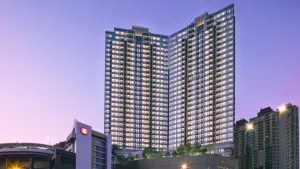
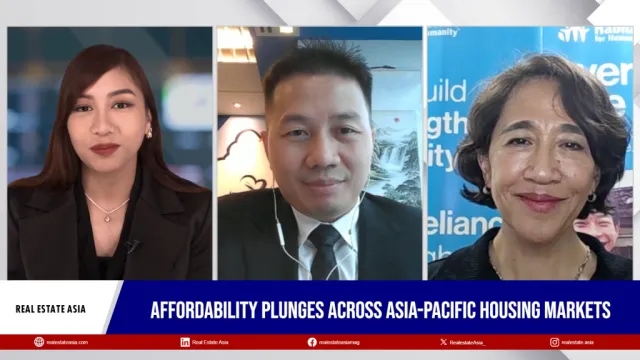

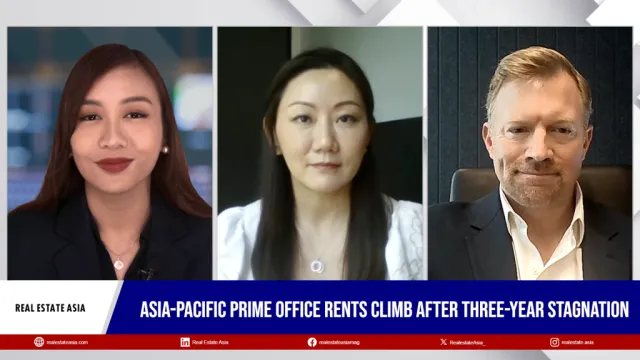


 Advertise
Advertise
